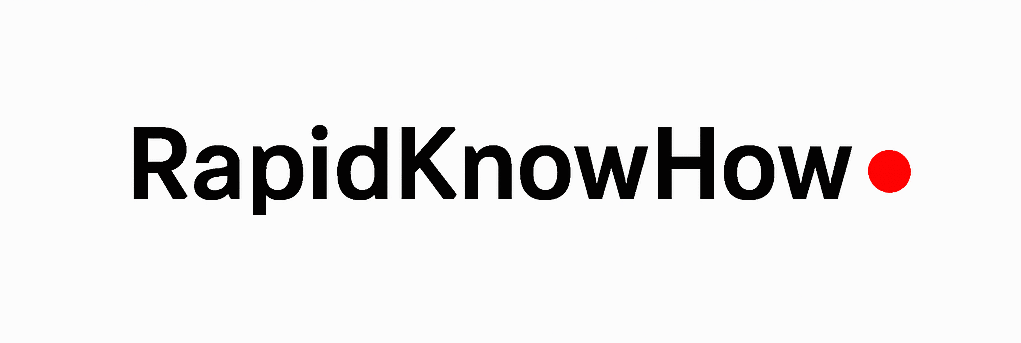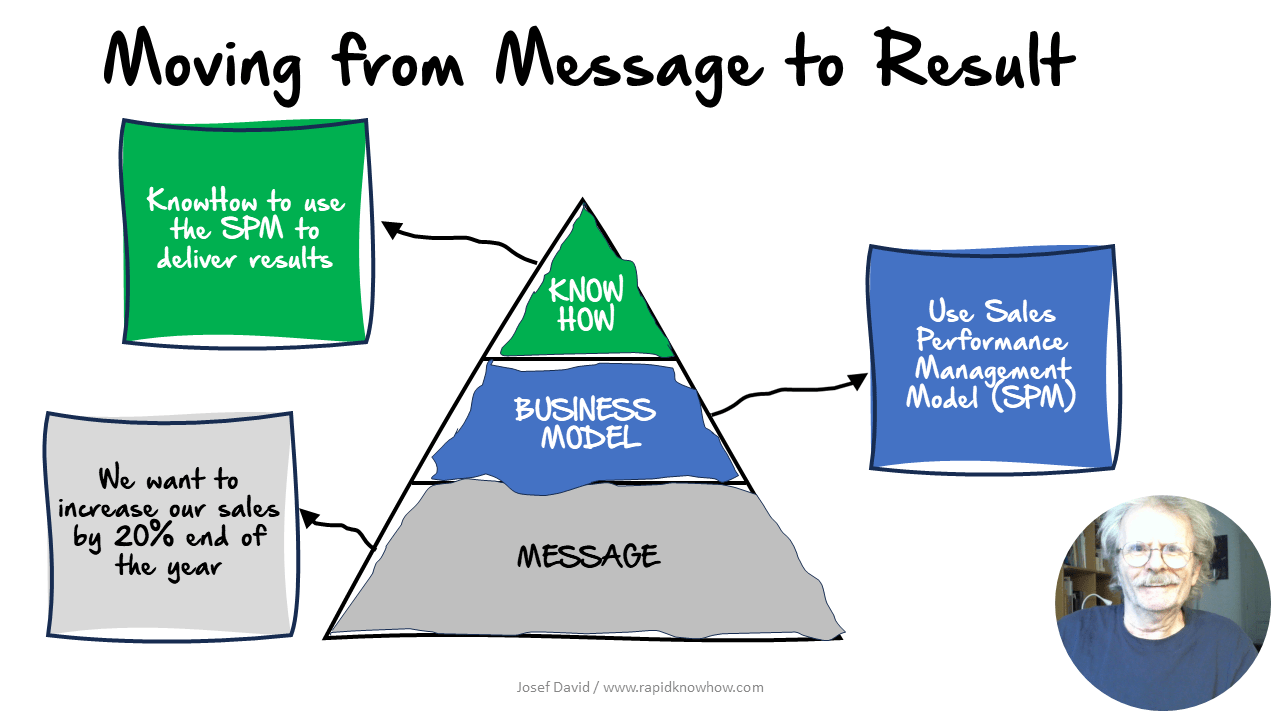The RapidKnowHow Process : Assessing Cash-Flow
Cash-Flow is decreasing > What is the root cause > What are the Main Categories > What are the main subcategories > What are Options for Solutions > What is the feasibility of the solution > Time constraint > Resources required > Expected Effectiveness > Outcome : Ranking of Options from Best to Worst > Conclusion > Get started
Here’s a comprehensive guide to understanding decreasing cash flow, including root causes, categorization, solutions, feasibility, expected effectiveness, and actionable steps to take.
Cash Flow is Decreasing
1. What is the Root Cause?
To identify the root cause of decreasing cash flow, it’s essential to analyze various aspects of the business that can influence cash inflows and outflows.
2. Main Categories
- Revenue Generation
- Expense Management
- Accounts Receivable Management
- Accounts Payable Management
- Investment Activities
3. Main Subcategories
Revenue Generation
- Sales Decline: Decreased sales due to reduced demand or competition.
- Pricing Strategy: Ineffective pricing model leading to lower revenue.
- Product Mix: Changes in the product/service mix affecting profitability.
Expense Management
- Fixed Costs: Increases in ongoing fixed costs (rent, salaries, etc.).
- Variable Costs: Rising variable costs impacting profit margins.
- Inefficiencies: Wasted resources and processes leading to higher expenses.
Accounts Receivable Management
- Collection Issues: Slow collection processes leading to delayed cash inflow.
- Credit Policy: Too lenient credit terms leading to higher defaults.
- Bad Debts: Increasing instances of collectable debts that are uncollectible.
Accounts Payable Management
- Payment Terms: Shortening payment terms with suppliers, leading to increased cash outflows.
- Interest on Overdue Payments: Costs incurred due to late payment fees or interest.
Investment Activities
- Overinvestment: Excessive capital expenditure in unproductive assets.
- Poor Return on Investment (ROI): Investments yielding low returns, affecting cash availability.
4. Options for Solutions
Revenue Generation Solutions:
- Revise pricing strategy to improve margins.
- Increase sales effort through targeted marketing.
Expense Management Solutions:
- Conduct a detailed cost analysis to identify areas for reduction.
- Implement lean management practices to minimize waste.
Accounts Receivable Solutions:
- Tighten credit policy and improve collection efforts.
- Implement automated invoicing and reminder systems.
Accounts Payable Solutions:
- Negotiate longer payment terms with suppliers.
- Monitor cash flow to time payments strategically.
Investment Solutions:
- Review and cut unproductive capital expenditures.
- Focus on investments with higher returns.
5. Feasibility of Solutions
- Pricing Strategy Revise: High feasibility; can be adjusted quickly.
- Cost Analysis: High feasibility; requires minimal additional resources.
- Credit Policy Tightening: Moderate feasibility; may cause temporary friction with customers.
- Automated Reminders: High feasibility; can be implemented with technology.
- Longer Payment Terms: Moderate feasibility; requires negotiation with suppliers.
6. Time Constraint
- Short-term (0-3 months): Revise pricing strategy, tighten credit policy.
- Medium-term (3-6 months): Conduct detailed cost analysis, negotiate payment terms.
- Long-term (6-12 months): Implement lean practices, review investments.
7. Resources Required
- Financial Resources: Budget for potential technology investments (invoicing software).
- Human Resources: Involvement from finance, sales, and operations teams.
- Technological Resources: Software for automated invoicing and financial analysis.
8. Expected Effectiveness
- Revenue Strategy Changes: High effectiveness if targeted correctly.
- Cost Analysis: High potential for identifying quick wins.
- Improved Collection Practices: High effectiveness in reducing receivables.
- Investment Review: Medium to high effectiveness if executed properly.
9. Outcome: Ranking of Options from Best to Worst
- Tighten Credit Policy & Improve Collections – Immediate impact on cash inflow.
- Revise Pricing Strategy – High probability of improving sales margin.
- Cost Analysis to Identify Reductions – High potential for finding savings.
- Negotiate Longer Payment Terms – Positive cash management but may take time.
- Review Investment Activities – Important but may require time to analyze thoroughly.
10. Conclusion
Decreasing cash flow can pose serious challenges for a business. By identifying the root causes and categorizing them into manageable areas, organizations can implement targeted solutions to improve liquidity.
Focusing on revenue improvement, better expense control, and enhanced management of accounts receivable will create a more robust cash flow situation.
11. Get Started
- Step1: Assemble a cross-functional team (finance, sales, and operations support) to initiate a cash flow analysis.
- Step 2: Conduct a detailed review of pricing and adjust as necessary.
- Step3: Review current accounts receivable and implement systems for improved collections.
- Step4: Audit all expenses to identify quick win opportunities and renegotiate supplier terms as applicable.
- Step5: Set up regular cash flow reviews to monitor progress and adjust strategies as necessary.
By proactively managing these areas, your organization can regain positive cash flow and improve financial health.





